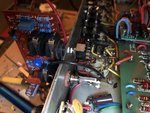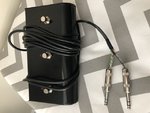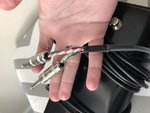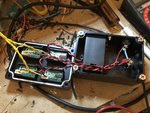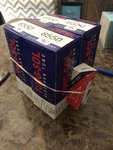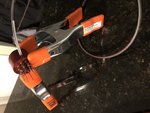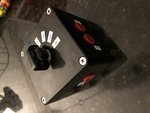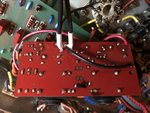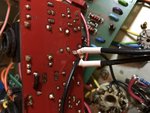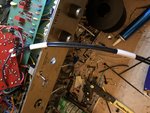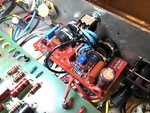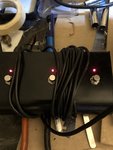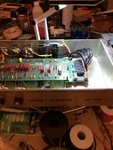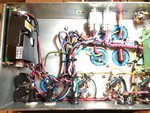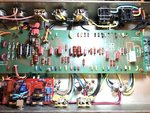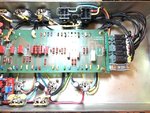Just wanted to state the marshall is completed and wrapped up. The chassis was signed with an official completion date of 10/10/2020.
I've named it the blue-collar mod

Two original potentiometers needed to be replaced - one due to mechanical failure from previous work, and another due to a dead spot or poor function at low value.
--
The amplifier biased up and the tubes drifted a bit needing correction, but it stabilized at 46mA at 460V loaded B+ which put it well within the safe range of 60% AM PDR using absolute max ratings of 42W/tube.
Tonal notes - it has much less gain than before the complete rework, but the resonance mod added a lot of low mids. It's much more clear sounding now overall - not as grainy and not as muddy as before likely due to the higher B+ and fresh set of tubes all around.
Noise wise it is the quietest marshall I have ever played - at full tilt through a small 1x8" speaker with the volume pot on 0 on the guitar, it was quiet as a mouse. Virtually no hiss.
I cannot wait to grab an SD-1 and stick it in front! It turned out great and it feels amazing to have accomplished this build.
Thank you all for your help - It's a one of a kind build that is my own and it is everything I could have wanted out of a vintage marshall tone and more.

